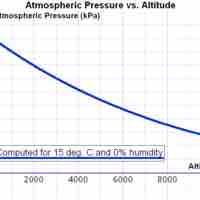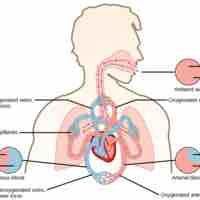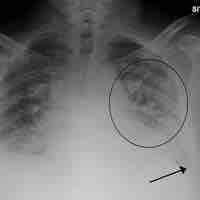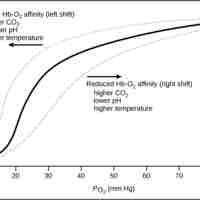Chapter 39
The Respiratory System
By Boundless
Respiratory processes that help organisms exchange O2 and CO2 range from simple direct diffusion to complex respiratory systems.
Respiration can occur using a variety of respiratory organs in different animals, including skin, gills, and tracheal systems.

Birds and amphibians have different oxygen requirements than mammals, and as a result, different respiratory systems.
The mammalian respiratory system equilibrates air to the body, protects against foreign materials, and allows for gas exchange.

Gas pressures in the atmosphere and body determine gas exchange: both O2 and CO2 will flow from areas of high to low pressure.
The purpose of respiration is to perform gas exchange, a process that involves ventilation and perfusion and that relies on the laws of partial pressure.
Lung volumes measure the amount of air for a specific function, while lung capacities are the sum of two or more volumes.

Differences in partial pressures of O2 create a gradient that causes oxygen to move from the alveoli to the capillaries and into tissues.
Both inhalation and exhalation depend on pressure gradients between the lungs and atmosphere, as well as the muscles in the thoracic cavity.
Types of breathing in humans include eupnea, hyperpnea, diaphragmatic, and costal breathing; each requires slightly different processes.
Breathing includes several components, including flow-resistive and elastic work; surfactant production; and lung resistance and compliance.

Dead space is a broken down or blocked region of the lung that produces a mismatch of air and blood in the lungs (V/Q mismatch).

The majority of oxygen in the body is transported by hemoglobin, which is found inside red blood cells.
Dissolution, hemoglobin binding, and the bicarbonate buffer system are ways in which carbon dioxide is transported throughout the body.